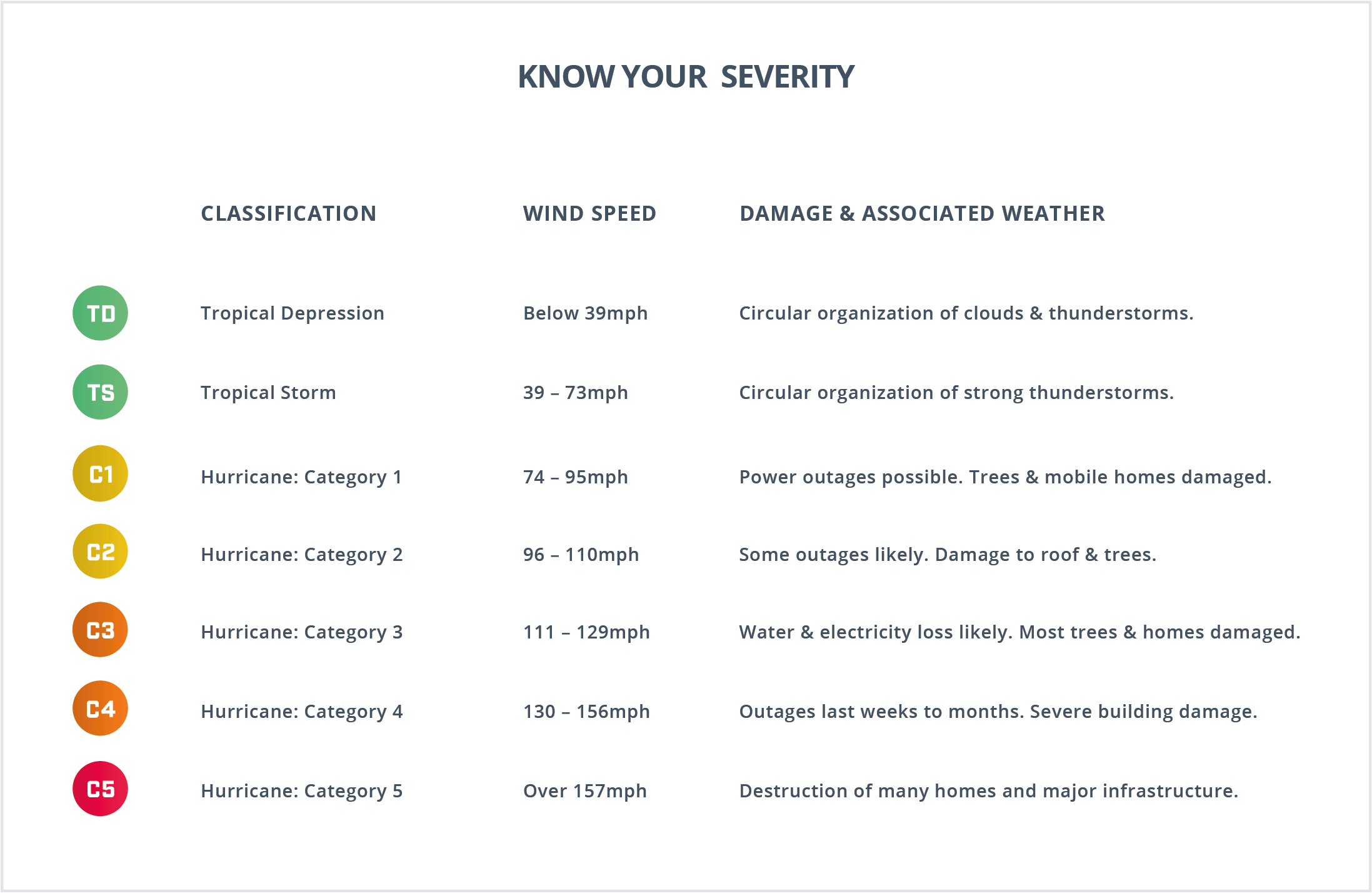The 2023 Atlantic hurricane season saw 20 named hurricanes, making it the fourth busiest season since 1950. Although only three made landfall in the U.S., one of them—Hurricane Idalia—tore into Florida in August 2023 and was the strongest storm to strike the region in more than 125 years. The catastrophic event led to 12 deaths and an estimated damage of $3.6 billion.
Meanwhile, the eastern Pacific basin hurricane season also had above-average hurricane activity with 17 named storms, with the usually dry Southern California receiving up to six times the normal August rainfall.
As we’re at the onset of the 2024 hurricane season, which is predicted to be another busy one, it’s imperative that organizations equip themselves with the right information and tools to properly prepare for and respond to storms.
The role of real-time information in hurricane response
While extreme weather events don’t always unfold predictably, the people and organizations responsible for monitoring and responding to hurricanes can rely on early warning systems to alert them to the impact of storms at the local level.
Solutions like First Alert, Dataminr’s product for the public sector, deliver real-time, breaking news alerts that pull from over a million public data sources, including cross-correlated official weather statements and sensor data with eyewitness accounts. These alerts provide the earliest notifications of hurricanes, allowing public sector agencies and first responders to coordinate emergency responses as quickly as possible. This helps to prevent responses from being delayed or misguided.
You can also study seasonal analyses of the climate conditions that lead to storms—including sea surface temperatures and sea levels—to understand when storms are most likely to occur and how their severity should inform your response strategy.


Through automatically regenerating event briefs that dynamically update in real time, First Alert gives public sector agencies and first responders rapid understanding of the storms’ scope and impacts as they progress. This helps emergency personnel easily see where citizens and impacted communities need help and connect them to first responders, local governments and aid organizations, during and after the storm.
5-step hurricane preparedness checklist
Here are five practical steps you can take to mitigate the impact of a hurricane on your organization and the communities you serve:
- Identify risks proactively. With access to real-time alerts, you can gain an early line of sight into major storms and respond more quickly and efficiently.
- Secure critical infrastructure. By studying historical landfall patterns and integrating alerts into your workflow, you can connect the dots faster and develop response plans to protect the most at-risk buildings, utilities and public spaces.
- Create an emergency response plan. Develop resources and protocols, including historical flood maps and evacuation plans, and document them clearly. Where possible, run emergency response drills to ensure the communities you serve know what to do during a storm.
- Communicate with key stakeholders early and often. Ensure all stakeholders have access to reliable real-time information to accelerate your response and ensure it’s strategic. Establish open lines of communication between partners at the federal, state and local levels, as well as between and across relevant departments, and maintain them during and after the storm.
- Keep your people and your data safe. If your agency is operating in an at-risk area, organizational continuity is key. Ensure your data is backed up and stored in a safe, reliable facility, and empower your staff to work off site by developing a process for securely transitioning to remote work. Implement technology tools and policies that will make the switch seamless.
With the right information and a thoughtful, proactive response strategy, you can mitigate the impacts of even the most destructive storms. Leveraging real-time breaking news alerts will enable you to address infrastructure issues and local service disruptions quickly and more strategically—while strengthening your search and rescue efforts.
This blog has been updated from the original, published on February 7, 2022, to reflect new events, conditions or research.

Understand and Plan for Extreme Weather Events
Explore how different extreme weather events have varied lead times—long, short and little to none—and how those differences affect preparedness measures and what to consider when mitigating potential effects.
Learn More


